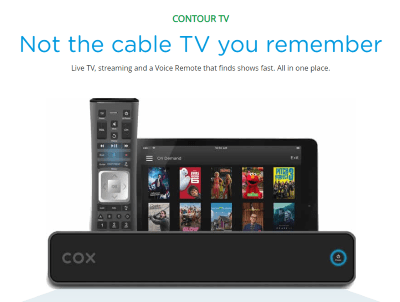
Cox Contour TV
Cox Communications is planning to launch a new cloud DVR service targeting the 25% of customers who use the company’s Contour set-top box, which is powered by Comcast/Xfinity’s X1.
The new service will launch later this year, according to Light Reading, but exact pricing and storage options are not yet known.
Assuming Cox follows other licensees of the X1 platform, which include Rogers and Shaw Communications, the new service will likely bundle a cloud storage option for its current DVR set-top box customers. Comcast offers its current DVR customers 60 hours of free cloud storage, which is less than the 150 hours of local storage usually available on Comcast’s set-top DVR boxes. Rogers’ “Ignite TV” offers 200 hours of HD or 4K storage with a maximum recording storage time of one year, and Shaw’s BlueSky TV will launch its own cloud DVR add-on service later this year under a similar licensing agreement with Comcast.
The biggest benefit of cloud storage is remote access to DVR recordings on portable devices when streaming away from home, a major advantage available to streaming cable TV customers subscribed to DirecTV Now, YouTube TV, Hulu, and others. Because of copyright considerations, cable companies follow a more complicated path to provide subscribers with remote access to their DVR recordings. Comcast customers “check out” recorded shows to downloaded for mobile viewing much the same way Amazon.com allows customers to offer friends the chance to “borrow” a Kindle book. The customer accesses a recorded show, chooses the option to download for remote viewing, and then watches on the go. When finished, a customer “returns” the show, allowing it to be seen on the set-top DVR once again.
Ironically, Charter Spectrum customers are likely to be among the last to see cloud DVR service, despite the fact Charter’s current CEO, Thomas Rutledge, was instrumental in helping clear the way for U.S. cable operators to offer cloud DVR service. In 2006, Cablevision sought to introduce a remote storage DVR and immediately ran into lawsuits, coordinated by Time Warner (Entertainment)’s Turner Broadcasting. Two years later in 2008, Cablevision won a key appeals court victory allowing cloud storage DVRs to be introduced. Charter Spectrum customers may have access to cloud DVR service late this year, or sometime in 2020.


 Subscribe
Subscribe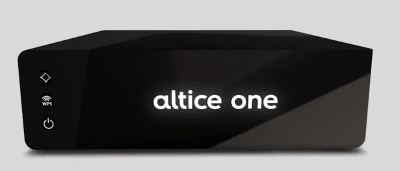 Altice USA is upgrading the firmware powering its much-promoted Altice One set-top box to introduce new functionality and integrate popular web services into the viewing experience.
Altice USA is upgrading the firmware powering its much-promoted Altice One set-top box to introduce new functionality and integrate popular web services into the viewing experience.
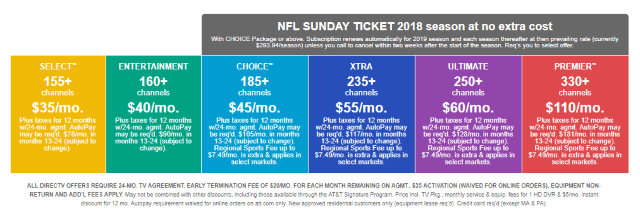
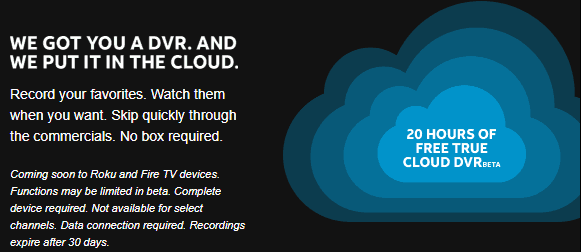 AT&T’s DirecTV Now service has introduced its long-awaited cloud storage DVR service to its streaming customers, offering 20 hours of recording space for no additional charge.
AT&T’s DirecTV Now service has introduced its long-awaited cloud storage DVR service to its streaming customers, offering 20 hours of recording space for no additional charge. YouTube TV customers attracted by unlimited storage DVR service are now discovering their recorded shows have been temporarily replaced with an on-demand version loaded with unskippable advertising.
YouTube TV customers attracted by unlimited storage DVR service are now discovering their recorded shows have been temporarily replaced with an on-demand version loaded with unskippable advertising.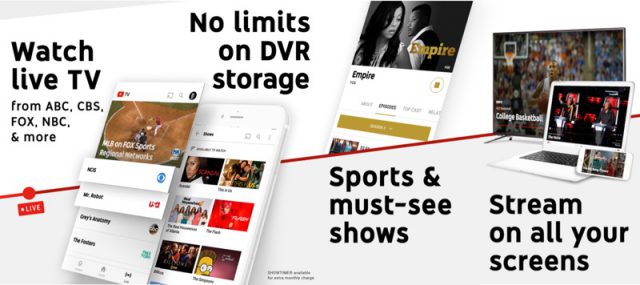
 But in reality, because of YouTube’s own desire to increase advertising revenue and thanks to agreements with certain programmers, DVR service is becoming more restricted on current shows, and a growing number of older titles airing on cable networks are likely to see mandatory ads creep in as well as YouTube starts selling ad time itself.
But in reality, because of YouTube’s own desire to increase advertising revenue and thanks to agreements with certain programmers, DVR service is becoming more restricted on current shows, and a growing number of older titles airing on cable networks are likely to see mandatory ads creep in as well as YouTube starts selling ad time itself.
